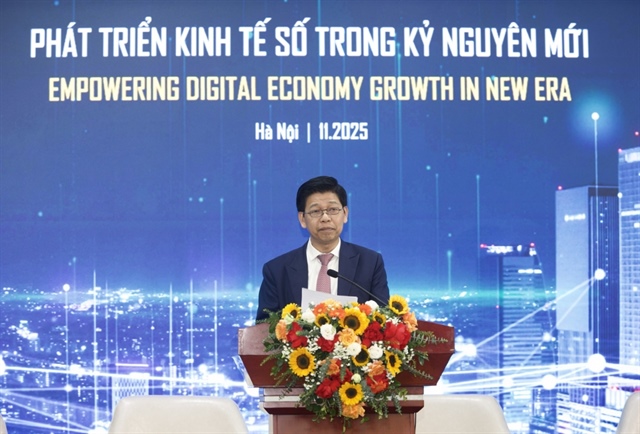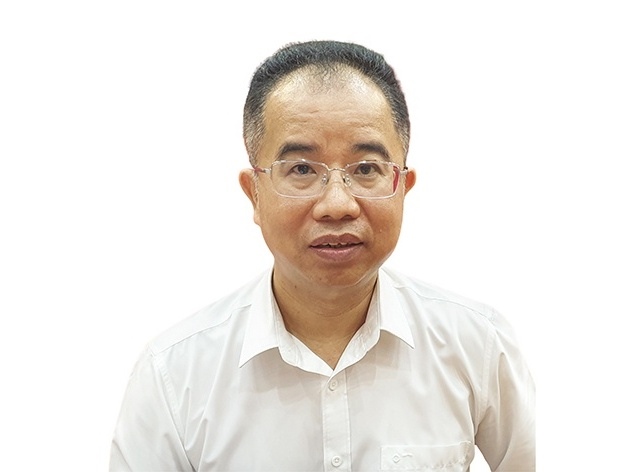‘Triangle' growth up 10%
‘Triangle' growth up 10%
The Cambodia-Laos-Viet Nam (CLV) Development Triangle Area has achieved an average economic growth of 10 per cent in 2011 and 2012 period, meeting the target set for the period.
The CLV Development Triangle Area comprises four provinces in Cambodia, four in Laos and five in Viet Nam.
Delegates from all three nations attending a meeting in Viet Nam's Kon Tum Province last Friday discussed measures to foster and strengthen multifaceted co-operation that would help the Triangle Area develop to its potential.
A report at the 8th meeting of CLV Development Triangle Area noted that while some important targets have been met, much more remains to be done.
Most of the projects operating in the area, focusing on agriculture, construction, mining and hydroelectric power have been invested in by Vietnamese firms, the meeting heard.
Vietnamese businesses have invested in 25 projects with a total registered capital of US$1.4 billion in the four provinces of Modunkiri, Strung Treng, Rattanakiri and Kratie in Cambodia.
In the four Laotian provinces of Attapeu, Saravan, Sekong and Champasak, Vietnamese enterprises had 50 projects worth a combined registered capital of $1.65 billion.
Currently, enterprises from Laos and Cambodia have invested in seven projects with a total investment capital of nearly $200 million in five provinces of Viet Nam – Kon Tum, Gia Lai, Dac Lac, Dac Nong and Binh Phuoc.
The three countries have co-operated with each other to prepare an industrial development plan for the CLV Development Triangle Area until 2020, with a vision to 2025.
The plan would be the basis for the three countries to promote investment and industrialisation in the area.
Senior officials of all three countries spoke highly of the CLV Youth Forum organised by localities in the CLV Development Triangle Area, saying it had opened up opportunities for the youth to exchange information, understand each other and enhance solidarity and friendship.
However, the joint-coordination committee admitted that the implementation of projects to develop infrastructure in the area were still behind schedule.
There were also inconsistencies in tax policies and investment procedures as well as other bottlenecks in the area that have caused difficulties for investment and trade activities.
While a memorandum of understanding on preferential policies for the area had been signed in 2010, its implementation had exposed many limitations.
For instance, some border gates did not process goods on the weekend, others lacked equipment and customs officials.
After much discussion, the chairpersons of the respective Coordination Committees in the three countries agreed to pay more attention to upgrading infrastructure in border areas, especially trade and traffic infrastructure.
Towards attracting more investment, the three countries would issue more preferential policies, they agreed.
They suggested regular and timely information exchanges on investment attraction policies of each side, acceleration of border demarcation, and stronger checks on projects that can cause environmental pollution.
The three sides should pay more attention to simplifying procedures for granting through traffic licenses to commercial vehicles, and increase quota for transportation means to facilitate trade via borders, delegates said at the meeting.
Bui Quang Vinh, minister of Planning and Investment and chairman of the Coordination Committee of Viet Nam, said through bilateral agreements with Cambodia and Laos, the Vietnamese Government would annually provide students and officials in the development triangle areas with short and long-term training courses to improve the quality of human resources.
vietnamnews























